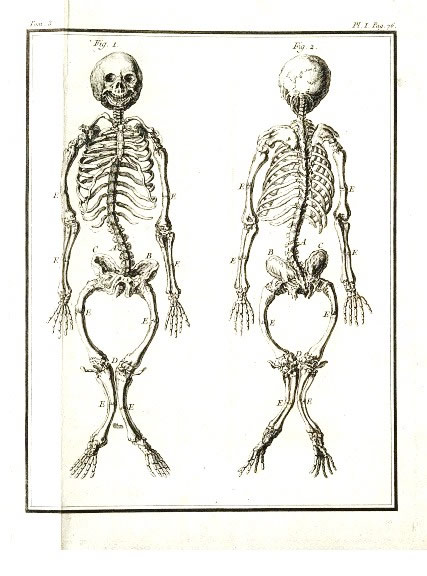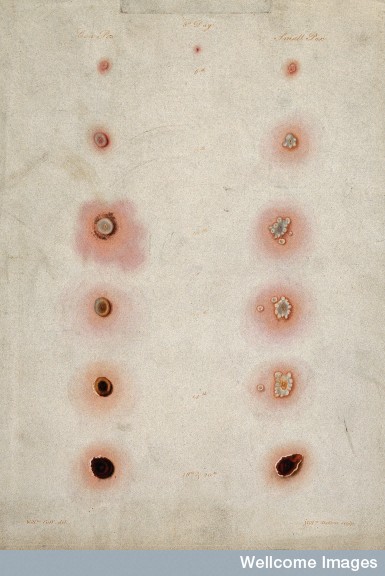


Early Modern Illnesses and Treatments
Surgeries, Deformities and Disease
“…tormenting with constant fears all whom it had not yet stricken, leaving on those whose lives it spared the hideous traces of its power, turning babe into a changeling at which the mother shuddered, and making the eyes and cheeks of the betrothed maiden objects of horror to the lover.”- Macaulay. History of England. (1914:2468-70)
"We need to develop a new approach to help children talk about and deal with the many ways cancer makes them feel" - Dr. Roberta Woodgate.
When the subject of sick children is mentioned today, images of small, stoic, bald children may well come to mind. This image of children with cancer is one of the most prevalent in contemporary western popular culture, but contrasts to ways people have viewed children’s illnesses in the past. During the early modern period (1550-1800CE) in Europe, for example, children’s illnesses were represented and discussed in different ways, as indicated by the first two quotations above. They describe children’s illnesses in terms of deformed or corrupted bodies. The third quotation is from a modern article published by the Canadian Institutes of Health Research site, and which shifts away from the child’s body to consider emotional health, both while ill and during recovery and treatment. Early modern accounts of ill children tended to focus on how the child’s body was transformed into something monstrous by the disease, with little mention of symptoms or conditions other than those concerning the physical body.
The following images each show an early modern children’s disease. The first is rickets, one of the most common children’s ailments during the early modern period. The second represents measles and smallpox, two of the deadliest diseases known to man during the early modern period, and the last is hydrocephalus, a rare disease that afflicts new born children. Each section contains early modern understandings of the causes, symptoms and cures of these diseases.
 |
 |
 |